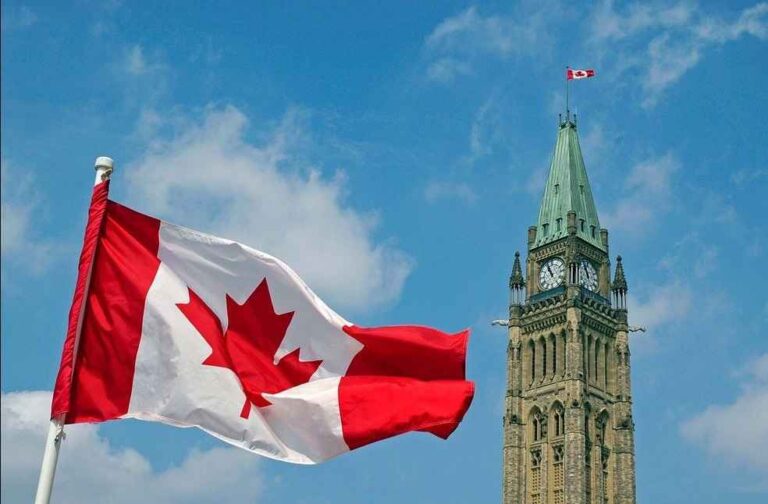The federal government declared on Friday that it would eliminate half of its exceptions in the Canadian Free Trade Agreement (CFTA) to raise interprovincial trade.
Transport and Internal Trade Minister Anita Anand revealed that Ottawa will strike out 20 federal exceptions from the Canadian Free Trade Agreement, cutting the total number of federal exceptions nearly in half from 39 to 19. The reforms primarily focus on government procurement restrictions, opening more opportunities for Canadian companies to bid on contracts across provincial borders.

Federal exemptions in the agreement encompass areas such as national security, international trade commitments, and the duty to support regional interests. Initially, the government had 56 exemptions in the agreement. Last July, the government removed 17 of these exemptions, primarily related to procurement.
”The removal of these federal exceptions from the CFTA is yet another step towards eliminating barriers to internal trade, reducing costs for Canadian businesses, increasing productivity and foreign investment, and adding billions to the Canadian economy,” the minister said. ”We are all hands on deck to promote freer trade here at home,” she added.
Several premiers are open to improving interprovincial trade. On Thursday, Nova Scotia Premier Tim Houston revealed plans to introduce a bill to eliminate trade barriers with other provinces, contingent on their cooperation.

Provincial governments uphold various exceptions within the CFTA to safeguard vital industries across Canada. These protected sectors encompass forestry, real estate, mining, agriculture, fisheries, energy, alcohol distribution, and more.
Over the past year, more than $530 billion worth of goods and services were traded across provincial and territorial borders, accounting for nearly 20% of Canada’s GDP.
According to a report released by the Canadian Federation of Independent Business last summer, eliminating internal trade barriers could potentially increase the Canadian economy by up to $200 billion annually. Research from the Macdonald-Laurier Institute in 2022, led by University of Calgary economist Trevor Tombe, revealed that internal trade barriers have reduced the country’s GDP by 3.2% to 7.3%.
TRADE TECH | Indian Semiconductor Firms Unfazed by Trump’s 25% Tariff Threat



